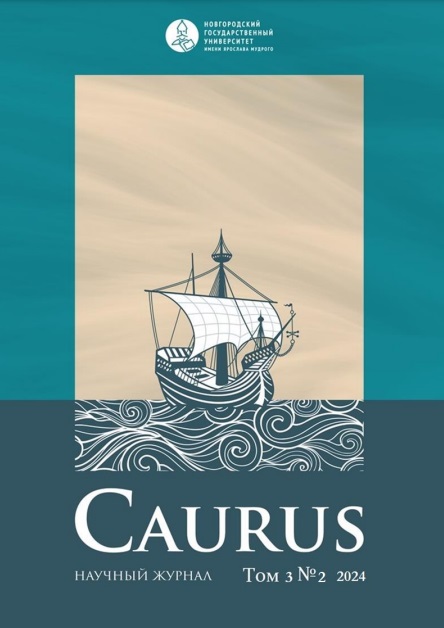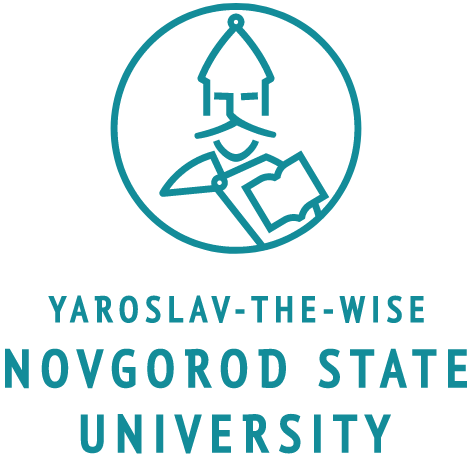The Polish Crown in relations between Prussia, Sweden and Russia in 1704–1705
DOI:
https://doi.org/10.34680/Caurus-2024-3(2)-21-34Keywords:
Polish Crown, diplomacy, the Northern War, the War of the Spanish Succession, Prussia, Sweden, RussiaAbstract
At the beginning of the 18th century, when Europe was experiencing two wars – the War of the Spanish Succession (1701–1714) and the Northern War (1700–1721), the Polish-Lithuanian Commonwealth was a significant object of foreign interests of Sweden, Prussia and Russia. The struggle for influence in Poland intensified in 1704–1705 when the king on the Polish throne changed. Using a system approach that takes the interaction and mutual influence of two European wars into account, the article analyzes the relationship between Berlin, Stockholm and St. Petersburg regarding the Polish Crown. The main attention is focused on the position of Prussia because the diplomacy of Sweden and Russia on this issue was more definite due to mutual confrontation in the Baltic. In 1704–1705, diplomatic discussions around the Polish throne played a large role in the further development of the military and political situation on the continent. Although the Polish-Lithuanian Commonwealth came under Swedish dominance and received a new king, the political dissent in Poland did not allow Charles XII to dictate his will throughout its territory. The stability of Swedish influence in Poland and the recognition of Stanislaw Leszczynski as the Polish king in Europe largely depended on Berlin’s position. Stockholm persistently proposed to the king of Prussia Frederick I, who was interested in increasing his lands at the expense of Poland, to make an alliance with him. However, the military and diplomatic activity of Peter I in the Polish-Lithuanian Commonwealth and the Prussia’s obligations in the War of the Spanish Succession forced Frederick I to hesitate and negotiate both with Sweden and the legitimate king Augustus II and the Russian sovereign. Due to the uncertain position of Prussia, the Swedish king, invaded the Holy Roman Empire in 1706 in order to force Augustus II to abdicate the Polish throne, that could lead to the unification of the Northern War and the War of the Spanish Succession.







